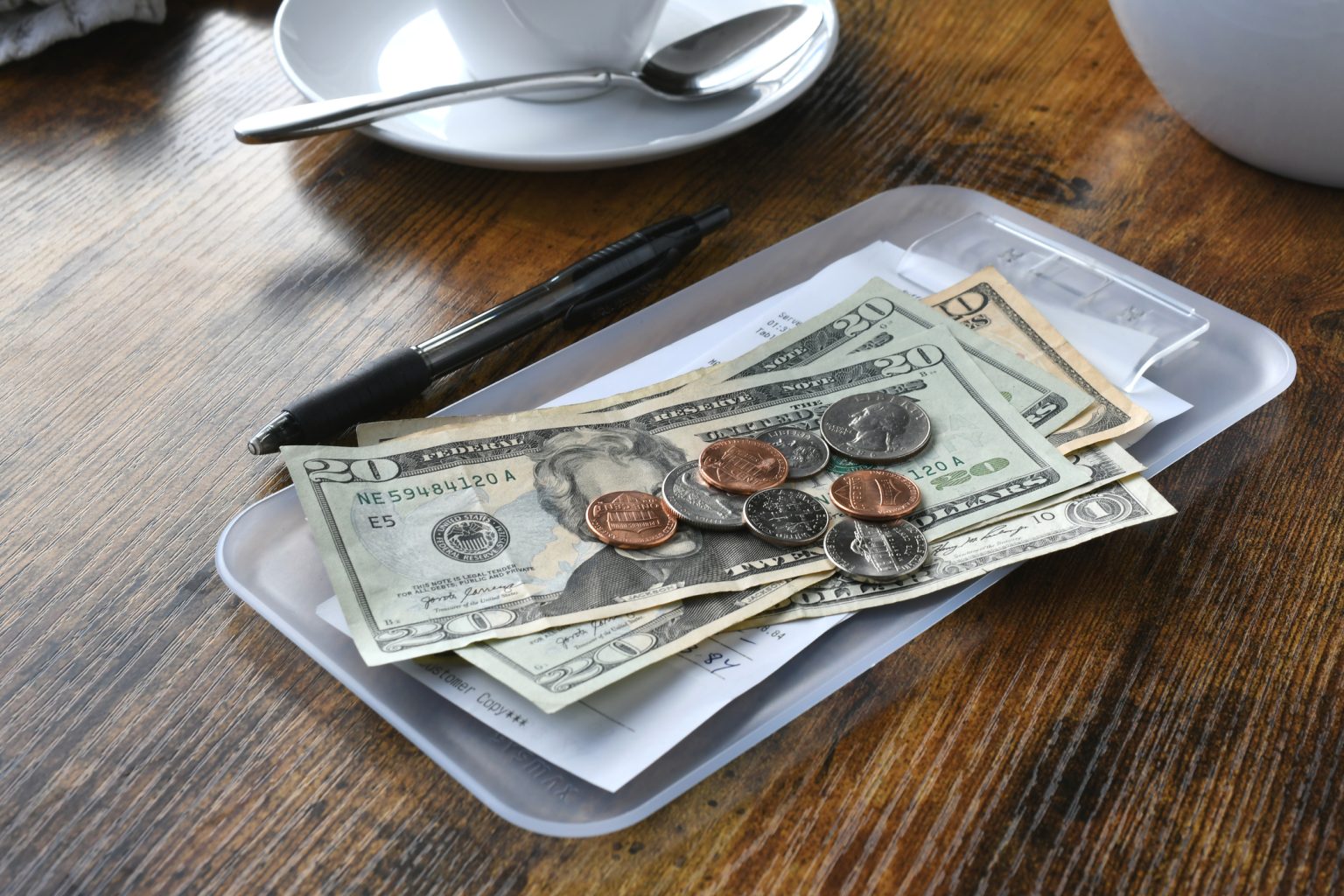President Trump’s “No Tax on Tips” Policy: A New Dawn for Service Workers
In a landmark move that promises significant financial relief for millions of American service workers, President Donald Trump’s administration has unveiled the comprehensive list of occupations covered under the new “no tax on tips” policy. This groundbreaking provision, included in the recently passed One Big Beautiful Bill Act (OBBBA), represents one of the most substantial tax breaks specifically targeting service industry workers in recent history. The policy allows eligible tipped workers to deduct gratuity earnings from their federal taxable income up to $25,000 annually, essentially creating a tax-free zone for a substantial portion of their hard-earned tip income. While the deduction gradually phases out for individuals earning more than $150,000 and couples earning over $300,000, it provides immediate relief to those who need it most – the millions of Americans who rely on tips to make ends meet in the service economy.
The Treasury Department has now released the official list of 69 occupations that qualify for this tax break, spanning a diverse range of service sectors. Food and beverage service workers form a significant portion of eligible occupations, including bartenders, wait staff, food servers, dining room attendants, chefs, cooks, and dishwashers. The entertainment sector is also well-represented, covering gambling dealers, dancers, musicians, digital content creators, and various event staff. The hospitality industry workers who make our travel experiences comfortable – from baggage porters and bellhops to hotel desk clerks and housekeeping staff – are included as well. Perhaps surprisingly, the list extends to home service providers like maintenance workers, electricians, plumbers, and cleaning service workers, recognizing the tip-based nature of many of these professions. Personal service providers such as event planners, photographers, pet caretakers, and tutors are covered, as are wellness professionals including massage therapists, cosmetologists, fitness instructors, and tattoo artists. The policy also acknowledges transportation and delivery workers, including taxi and rideshare drivers, shuttle operators, delivery people, and even more unique professions like rickshaw drivers and water taxi operators.
Treasury Secretary Scott Bessent emphasized the intention behind this expansive list while visiting McLean Family Restaurant in Virginia, stating: “What we don’t want is people to game the system. We want it to be hardworking Americans who depend on tips.” Indeed, this policy appears carefully crafted to benefit those service workers whose financial well-being is directly tied to the gratuities they receive from customers. The $25,000 cap ensures the tax break is targeted at middle and working-class Americans rather than high-income earners. It’s worth noting that the provision applies to tax years 2025 through 2028, giving workers a meaningful but time-limited opportunity to benefit from this tax relief. Additionally, while federal income tax on tips can be avoided under this plan, the policy does not eliminate payroll taxes for Social Security and Medicare, nor does it affect state or local tax obligations.
The business community has largely responded positively to the new policy. Joseph Camberato, CEO at NationalBusinessCapital.com, described it as “a win for the people who actually live off tips,” highlighting how it could “put real money back into the pockets of restaurant servers and others in the service industry.” He emphasized the economic multiplier effect, noting that “that money gets spent, which helps the economy.” This perspective underscores one of the policy’s potential strengths – directing tax relief specifically to workers who are likely to immediately recirculate those savings into the economy through increased consumer spending. For the approximately 1.8 million restaurant servers who rely heavily on tips, Camberato described the policy as giving them “a meaningful raise, basically overnight” – a compelling framing that highlights the immediate financial impact many service workers might experience.
Not all observers are equally enthusiastic about the policy, however. The Center for American Progress, a left-leaning think tank, has criticized aspects of the approach, arguing that the OBBBA’s deductions “are not well-designed to benefit people most in need and are subject to strict limits.” Their analysis points out that the “no tax on tips” provision is specifically a deduction from federal income taxes and “does not affect federal payroll taxes or other taxes, which make up the majority of taxes that working- and middle-class Americans pay.” This critique raises important questions about the policy’s overall impact and whether it goes far enough to address tax burdens on service workers. Some observers might also question the four-year time limitation on the policy, wondering whether such relief should be made permanent rather than temporary.
As the full list awaits official publication in the Federal Register, service workers across the country are beginning to assess how this policy might affect their financial futures. For many, the ability to earn up to $25,000 in tips tax-free represents a significant opportunity to improve their financial stability, build savings, or reduce debt. The diverse range of occupations included – from traditional tipped workers like servers and bartenders to less obvious professions like tutors and personal trainers – reflects the changing nature of America’s service economy and the many ways in which gratuities have become integrated into various forms of work. As implementation moves forward, both workers and employers will need to navigate the specific requirements and documentation needed to claim these deductions properly. What remains clear is that for millions of hardworking Americans in service professions, this policy represents a recognition of their economic challenges and a tangible attempt to provide meaningful financial relief.


